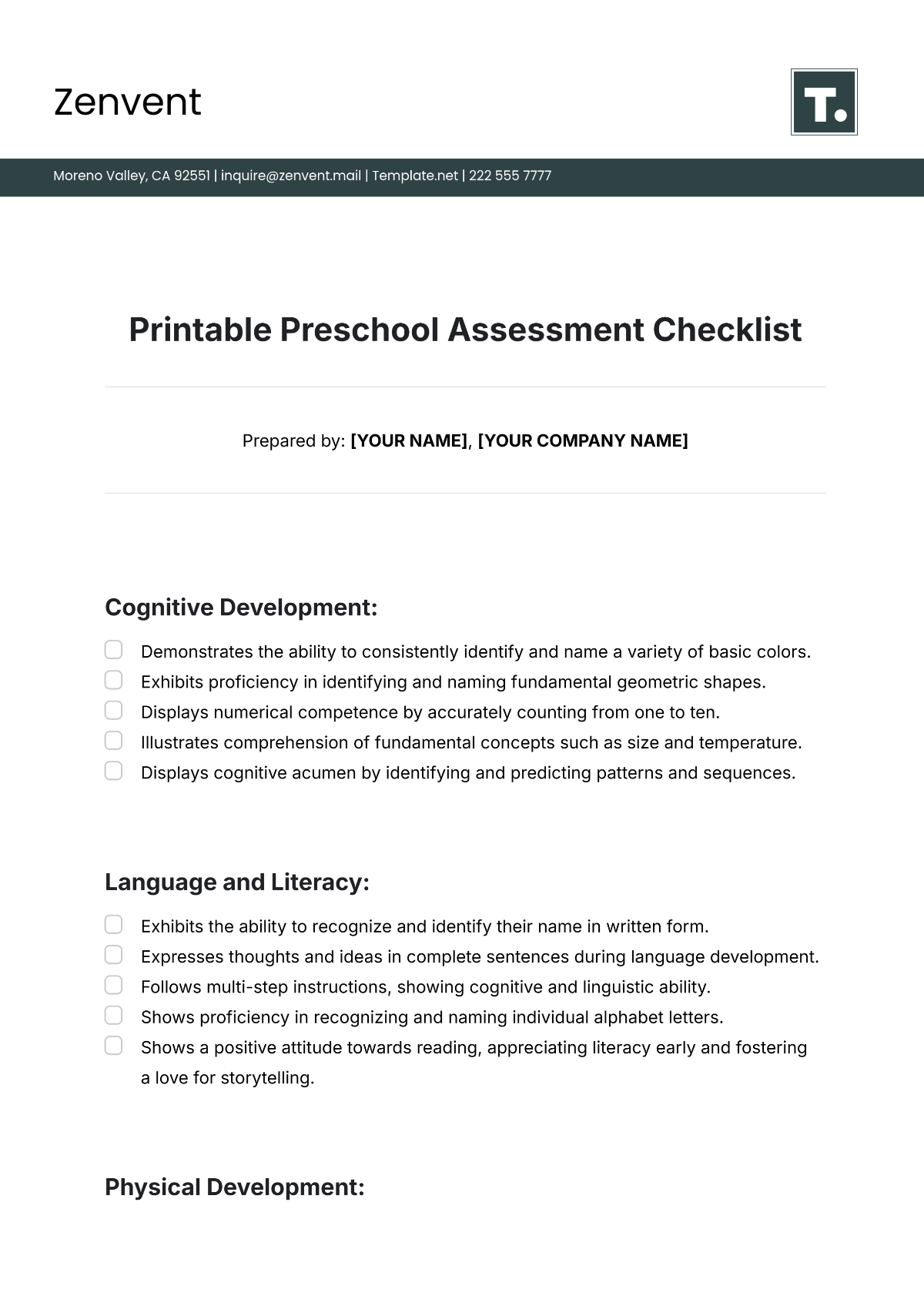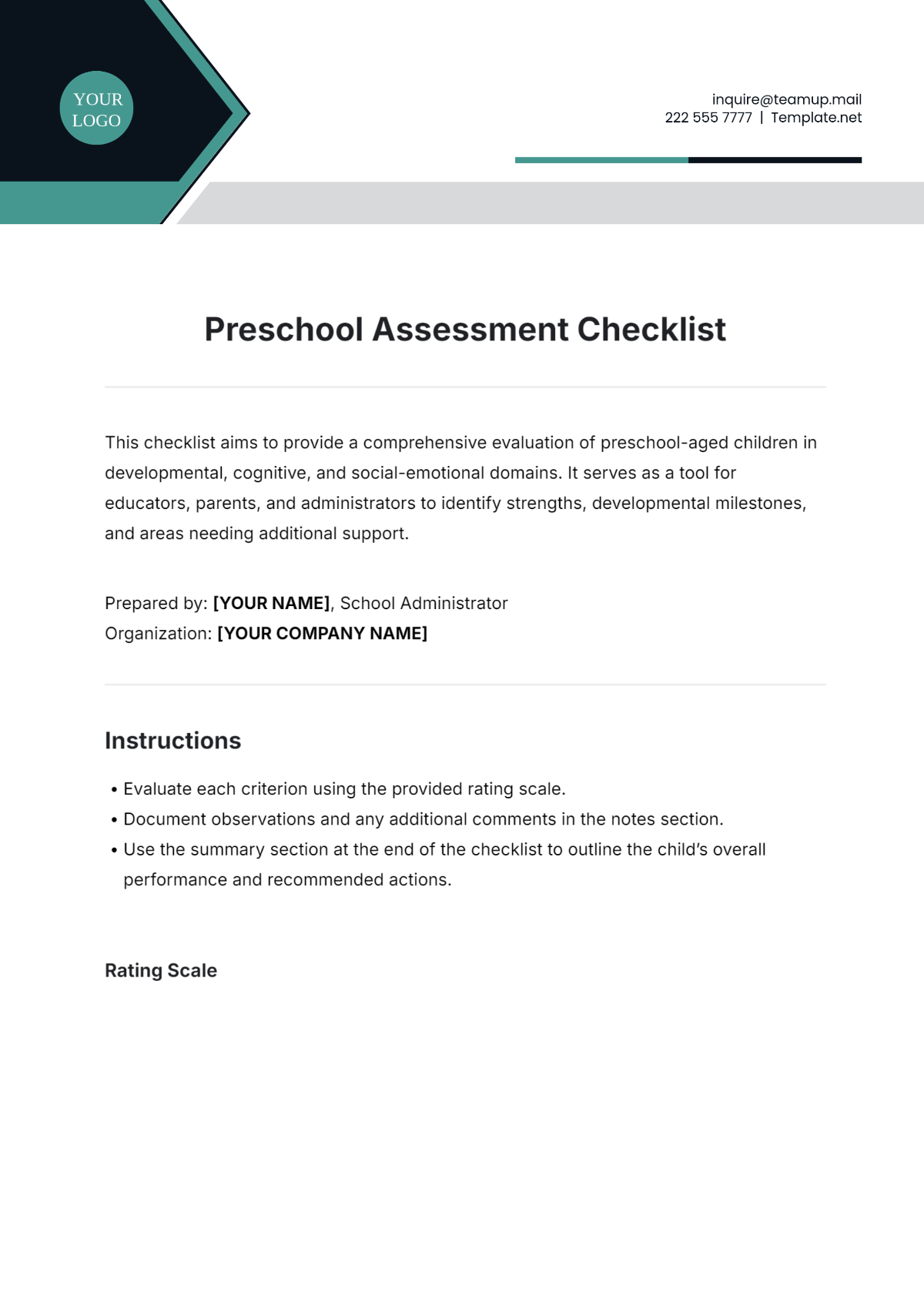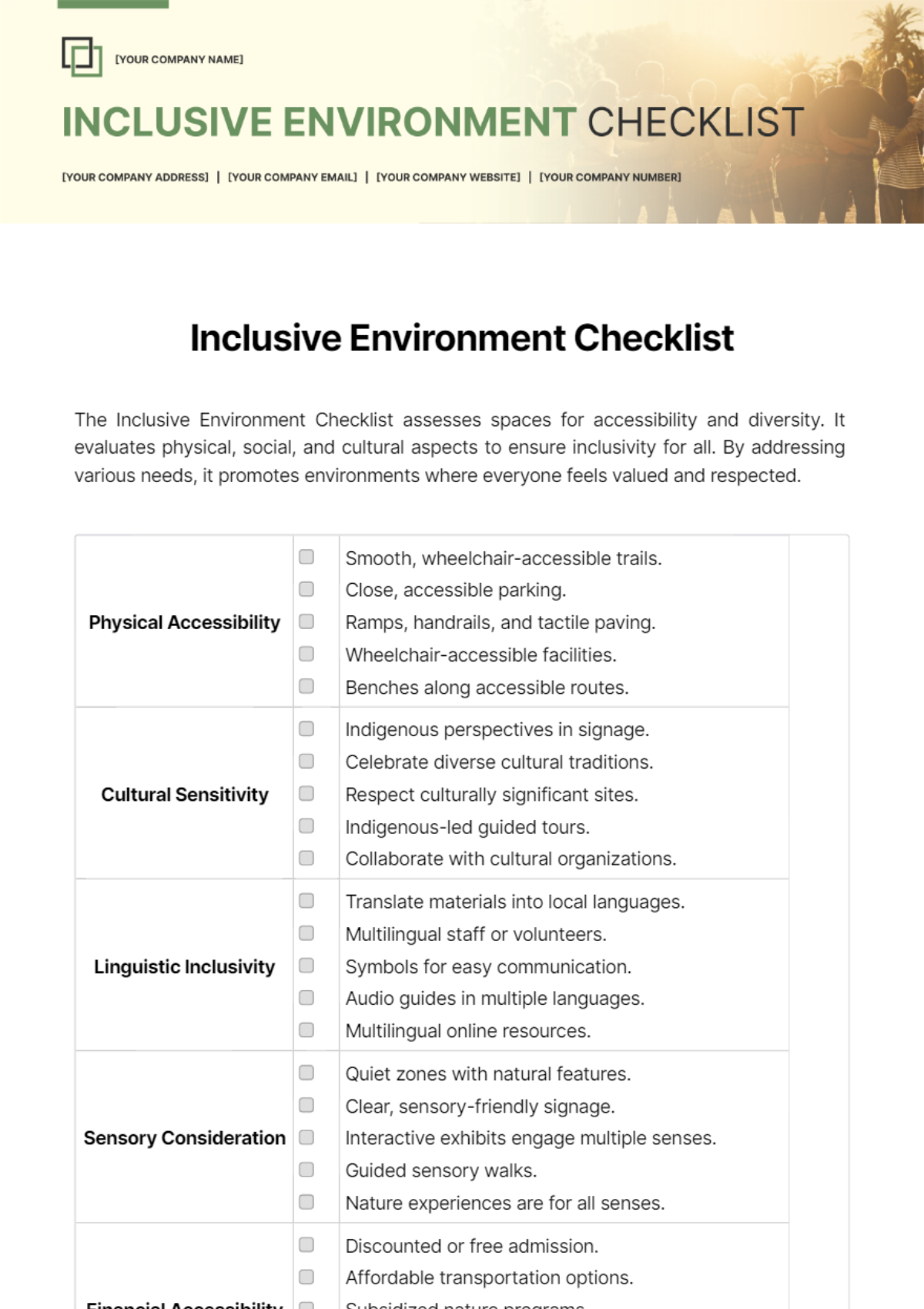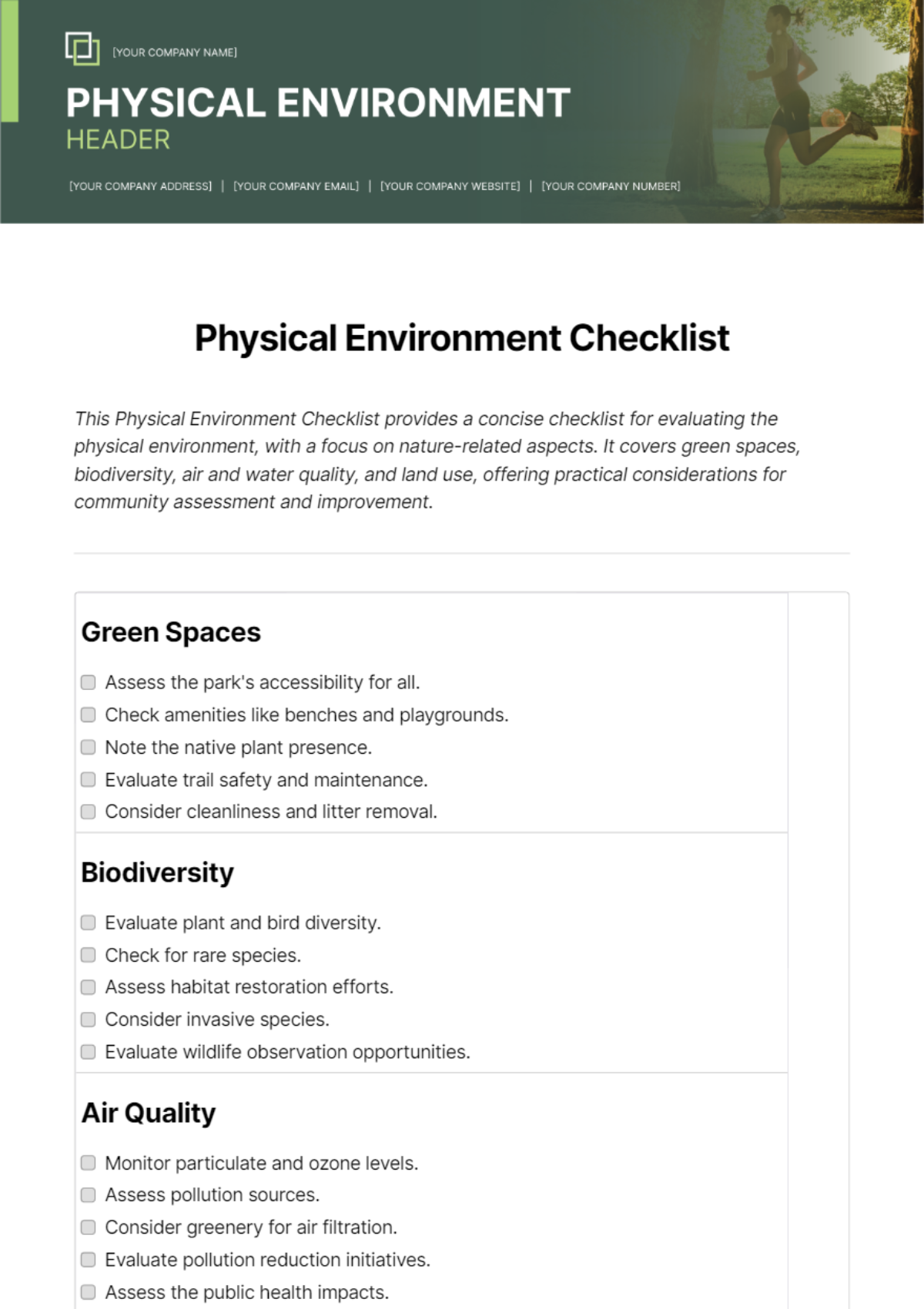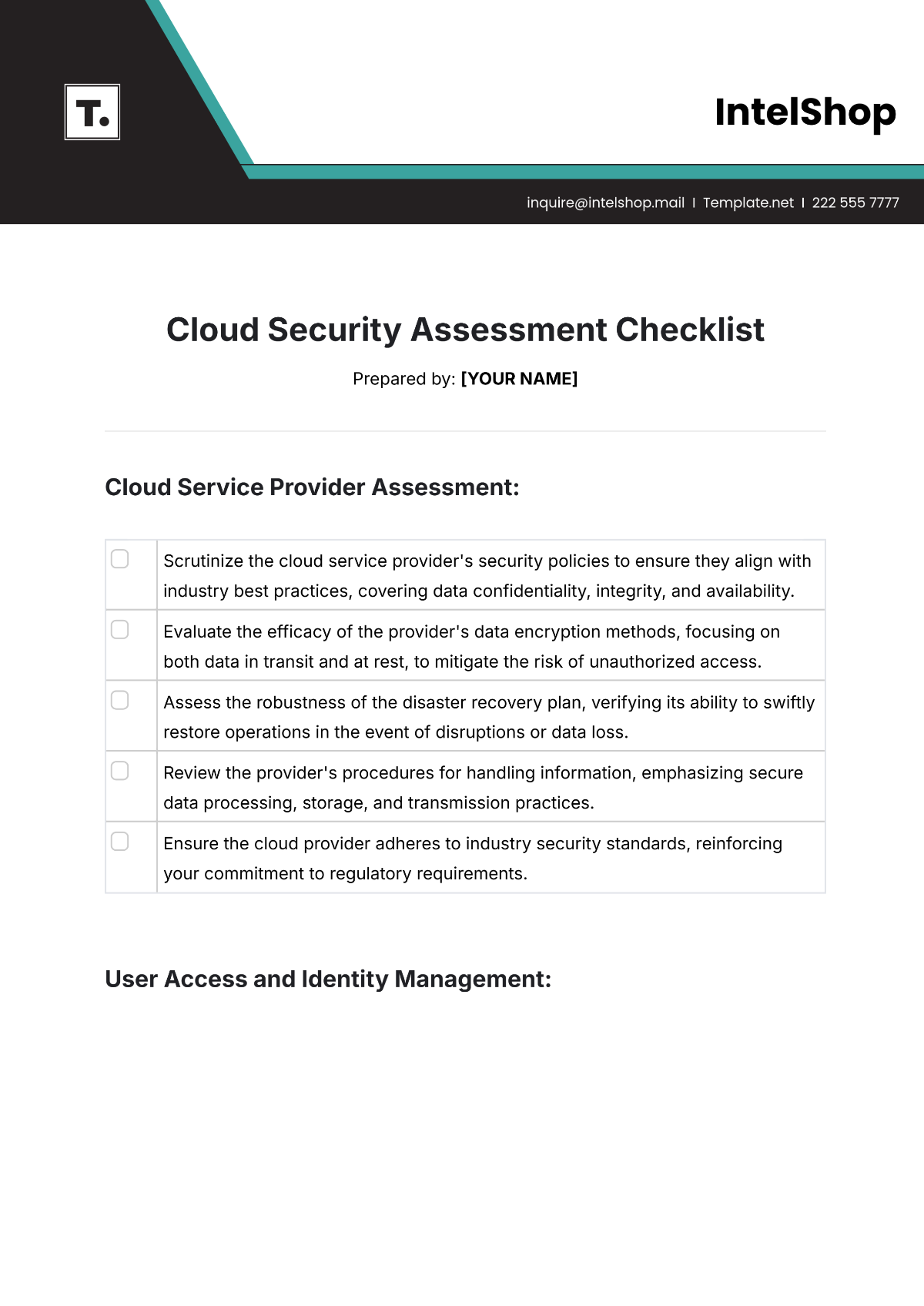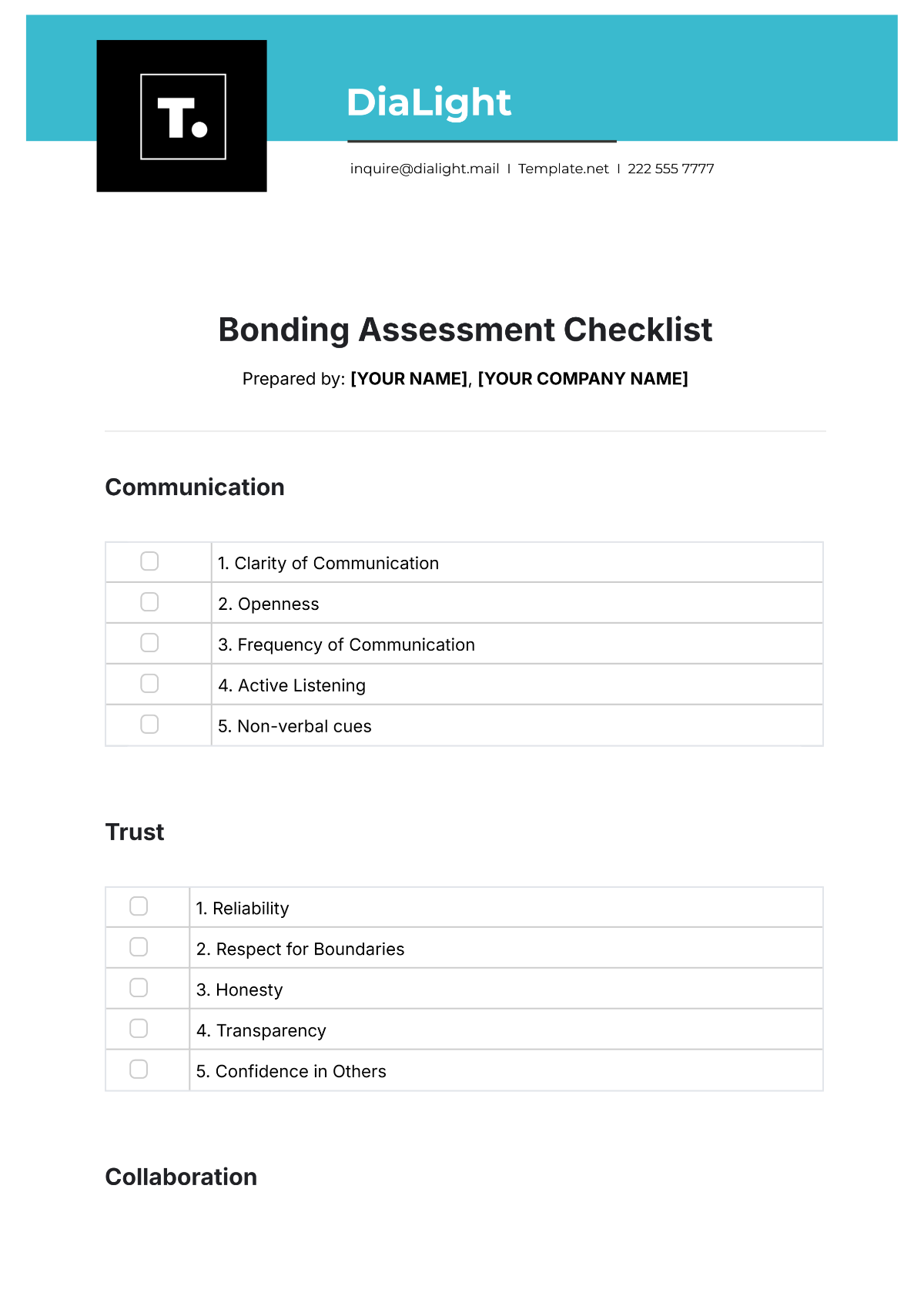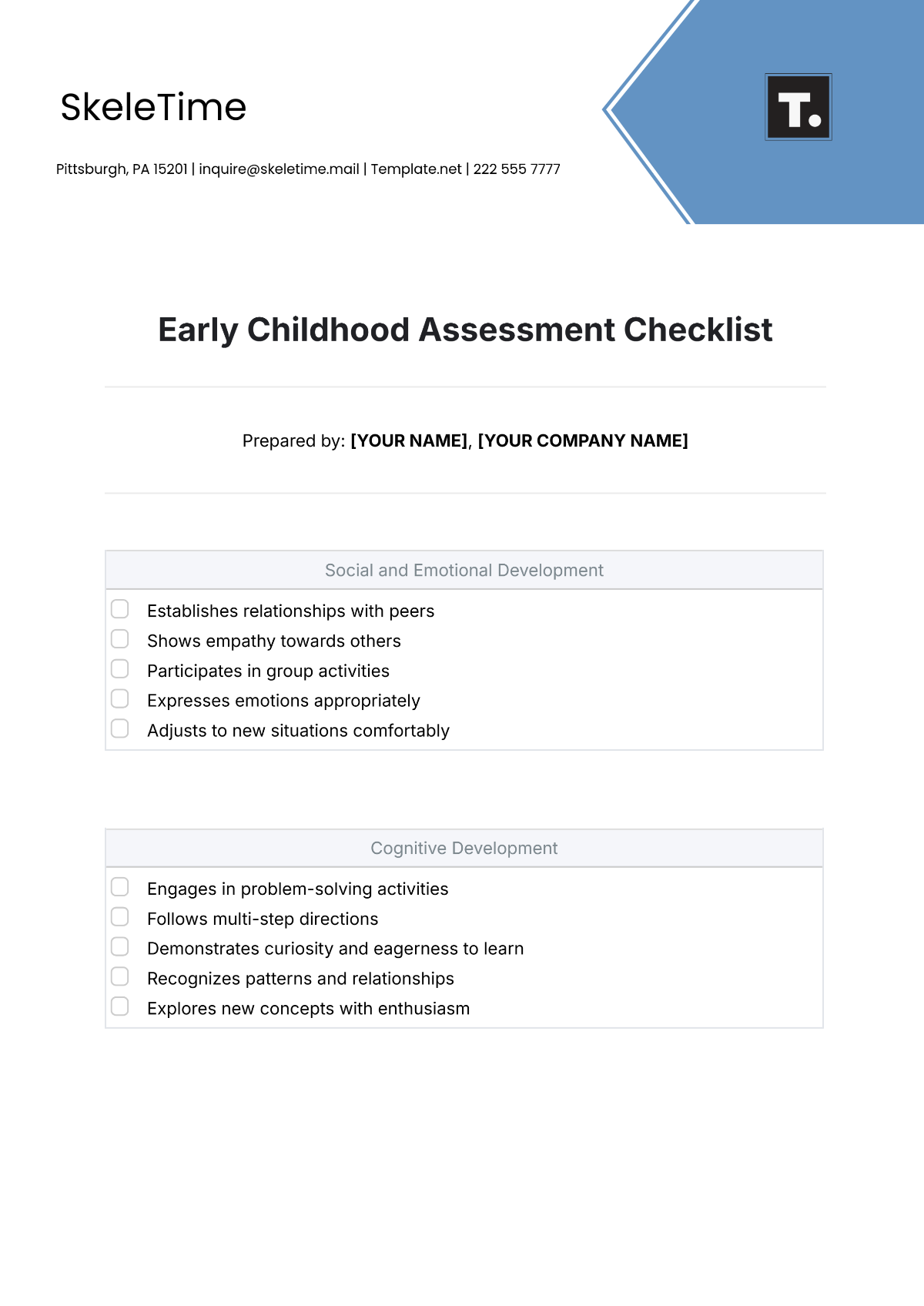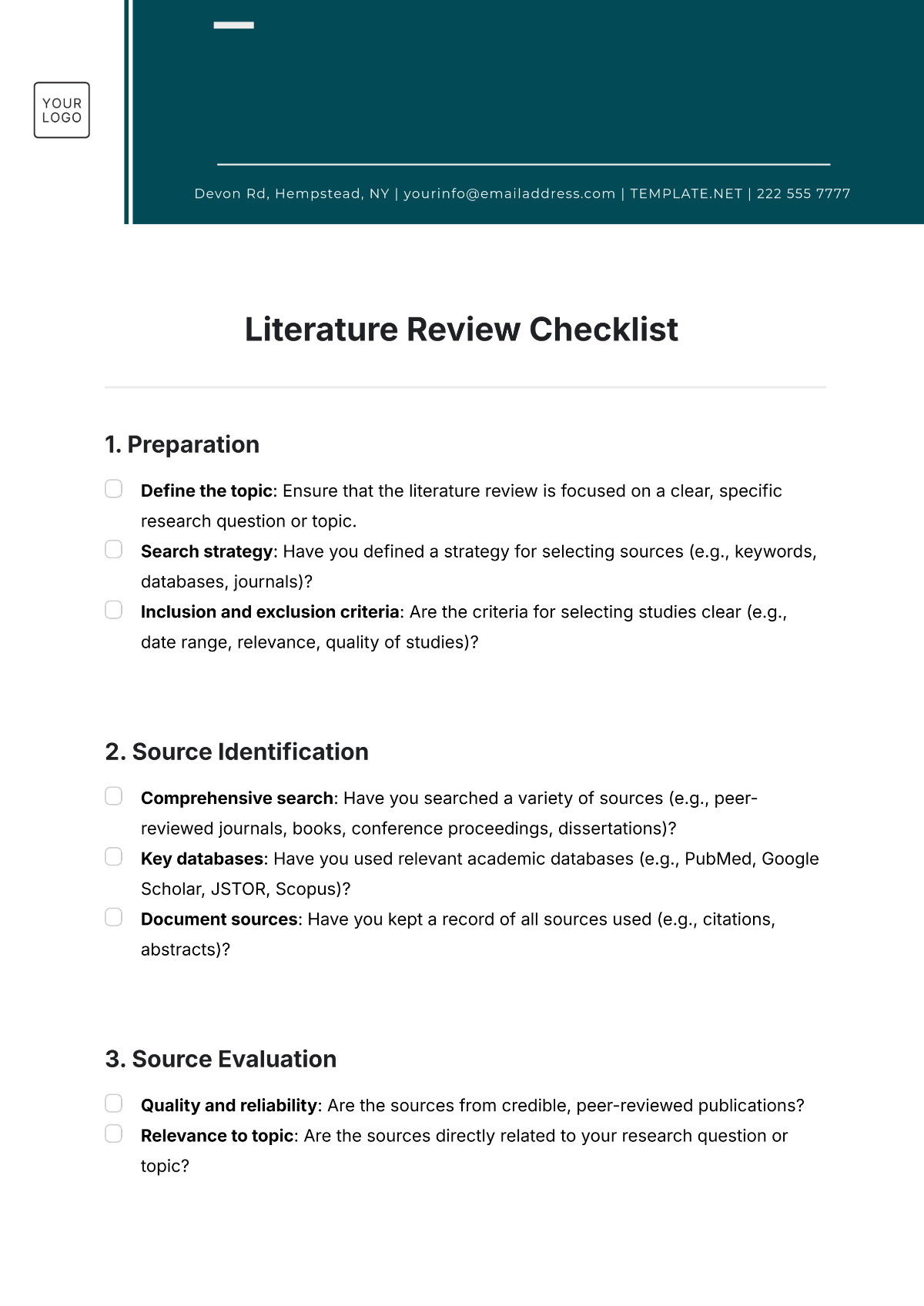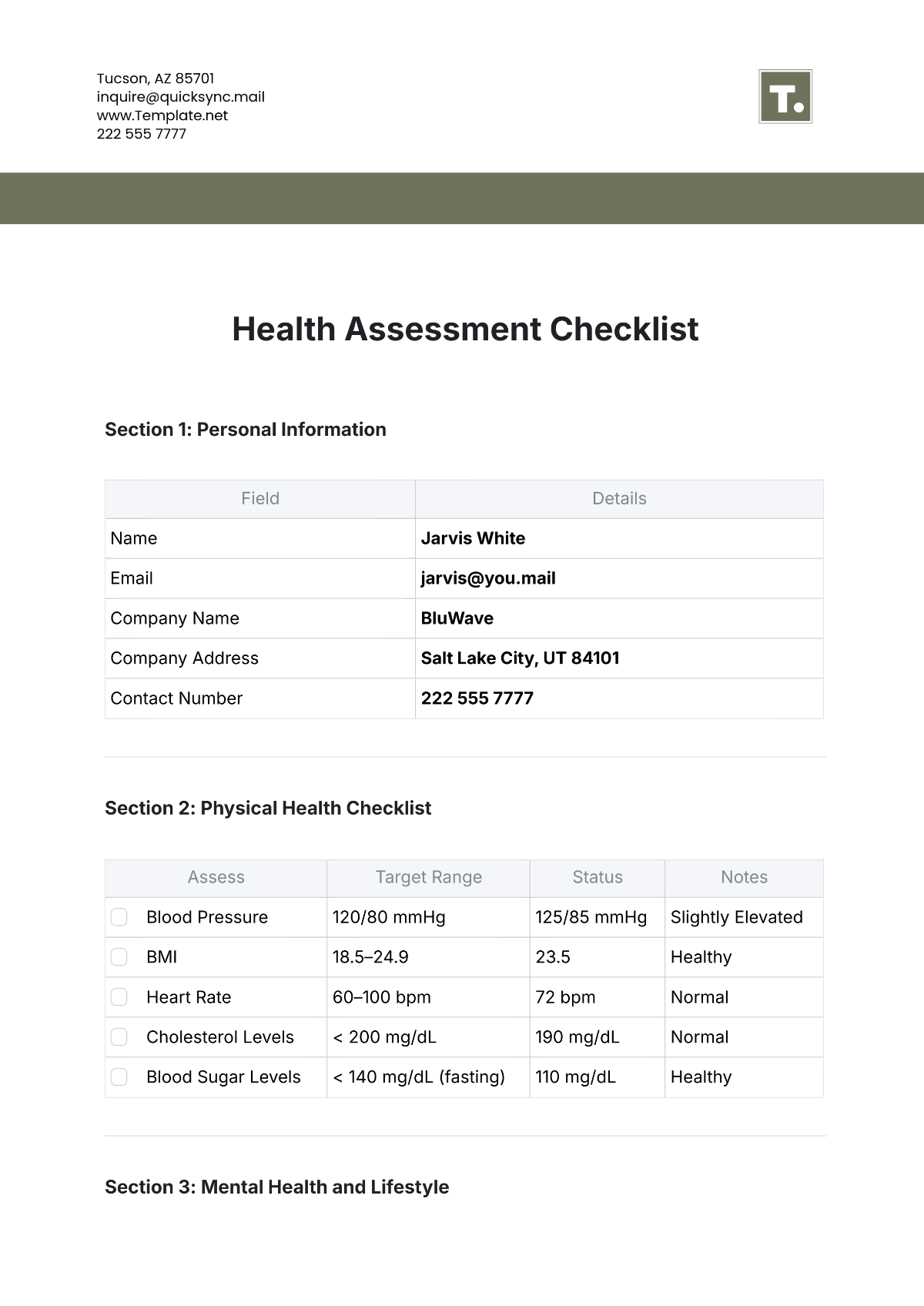Inclusive Environment Checklist
The Inclusive Environment Checklist assesses spaces for accessibility and diversity. It evaluates physical, social, and cultural aspects to ensure inclusivity for all. By addressing various needs, it promotes environments where everyone feels valued and respected.
Physical Accessibility | Smooth, wheelchair-accessible trails. Close, accessible parking. Ramps, handrails, and tactile paving. Wheelchair-accessible facilities. Benches along accessible routes. | |
Cultural Sensitivity | Indigenous perspectives in signage. Celebrate diverse cultural traditions. Respect culturally significant sites. Indigenous-led guided tours. Collaborate with cultural organizations. | |
Linguistic Inclusivity | Translate materials into local languages. Multilingual staff or volunteers. Symbols for easy communication. Audio guides in multiple languages. Multilingual online resources. | |
Sensory Consideration | Quiet zones with natural features. Clear, sensory-friendly signage. Interactive exhibits engage multiple senses. Guided sensory walks. Nature experiences are for all senses. | |
Financial Accessibility | Discounted or free admission. Affordable transportation options. Subsidized nature programs. Scholarships for nature activities. Free or low-cost family events. |
Additional Note:
Prioritize ongoing community feedback to adapt and improve inclusivity efforts.
Train staff and volunteers to ensure a welcoming and accommodating environment.
Consider diverse dietary needs when planning events or offering amenities.
Collaborate with disability advocacy groups for insights and support in accessibility efforts.
Celebrate and showcase diverse stories and experiences within the natural environment.













